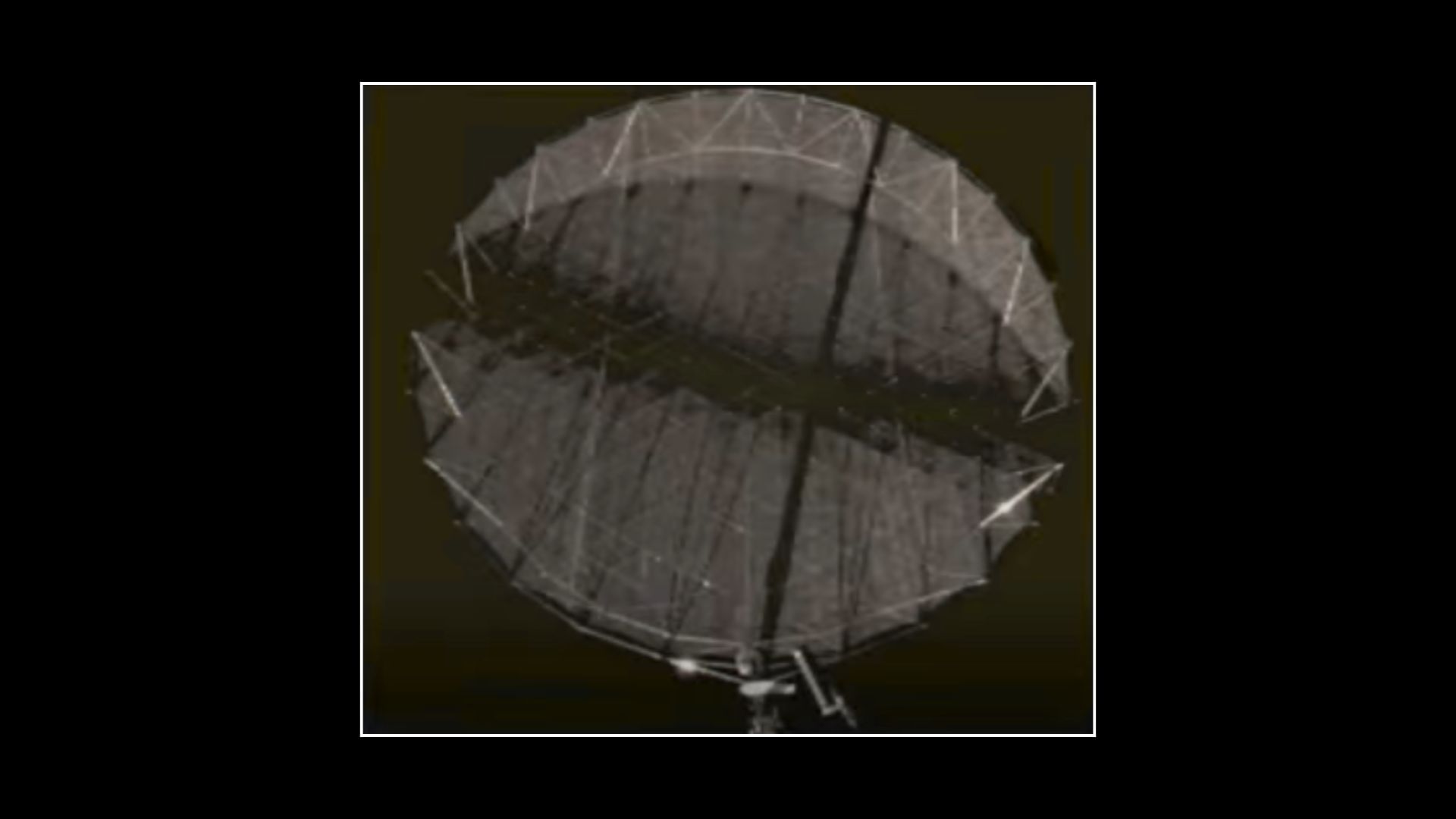New Delhi: At the Emerging Science, Technology, and Innovation Conclave (ESTIC) at Bharat Mandapam here, ISRO Chairman V Narayanan revealed an image of the fully deployed 12-metre-wide giant radar reflector antenna on the NASA-ISRO Synthetic Aperture Radar (NISAR) satellite. This antenna was stowed away for the launch on 30 July by the GSLV-F16 flight, and then deployed in orbit along with the boom, which is nine metres in length. An image of the fully deployed radar reflector antenna was previously released by Vantor, which was previously Maxar Intelligence, from another satellite. This newly released image was captured by the NISAR satellite itself.

The slide with the image of the giant radar reflector antenna. (Image Credit: ISRO).
ISRO Chairman V Narayanan said, “NASA-ISRO Synthetic Aperture Radar mission is a very historical mission. Today, the developed countries are really having great appreciation for the capability of India. We successfully placed the satellite in the orbit, already the data calibration is completed. On 7th we are going to have a conclave and we are going to declare the satellite operational. All the data, the outstanding data, every 12 days the Earth can be scanned, and it is going to be a highly useful satellite.”
Satellite to begin operations in November
NASA has released the first images captured by the satellite for purposes of calibration. These images were captured over USA, demonstrating the capabilities of the pair of Synthetic Aperture Radar payloads on board. NASA has not shared an update on the NISAR mission, or any other mission since last month because of the ongoing shutdown of the US Government. The NISAR mission is the first collaboration of its kind between the Jet Propulsion Laboratory in California and the Space Applications Centre in Ahmedabad. The satellite is dedicated to monitoring the health of the planet and provide support during natural disasters.
